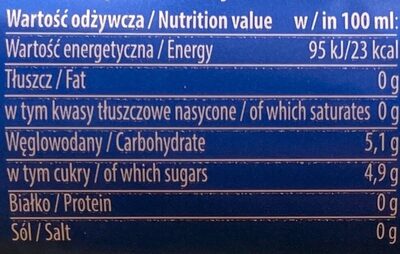Frugo - 500 ml
This product page is not complete. You can help to complete it by editing it and adding more data from the photos we have, or by taking more photos using the app for Android or iPhone/iPad. Thank you!
×
Barra-kodea: 5900552071563 (EAN / EAN-13)
Kopurua: 500 ml
Ontziratzea: en:Plastic, en:pet-polyethylene-terephthalate, en:Bottle, en:Bottle cap
Kategoriak: en:Beverages, en:Artificially sweetened beverages
Manufacturing or processing places: Polska
Matching with your preferences
Report a problem
Datuen iturria
Product added on by kiliweb
Last edit of product page on by arc2.
Produktuaren orria -gatik editatua foodless, yuka.sY2b0xO6T85zoF3NwEKvlk5Oc-LRoW-fNDznyGKnx-WFEbW3b4Bi-JLlbqo, yuka.sY2b0xO6T85zoF3NwEKvlkpGefmCq2_ODEzmk1Cm1oy0LKPKbYpO2tTBaqo.
If the data is incomplete or incorrect, you can complete or correct it by editing this page.












